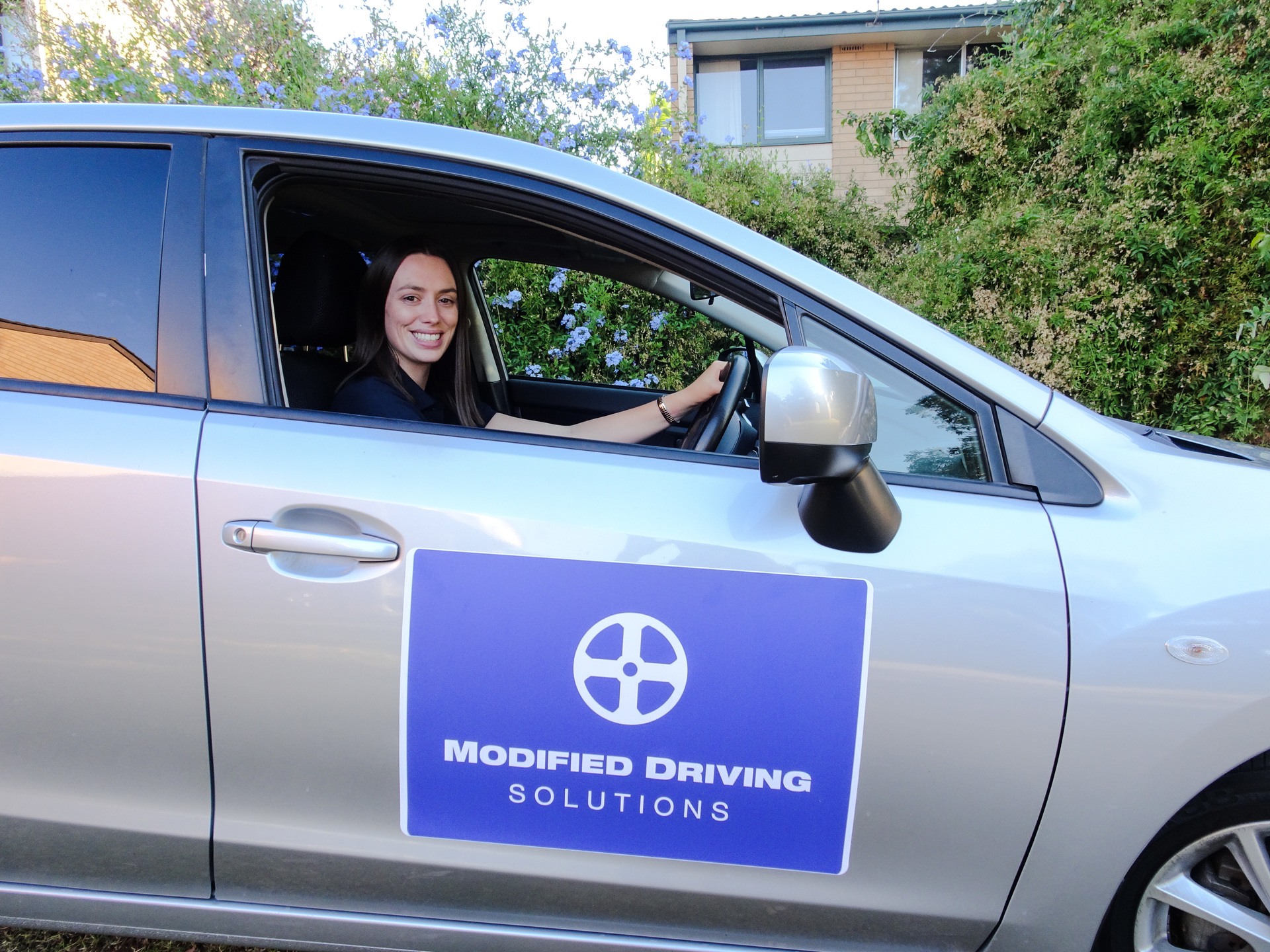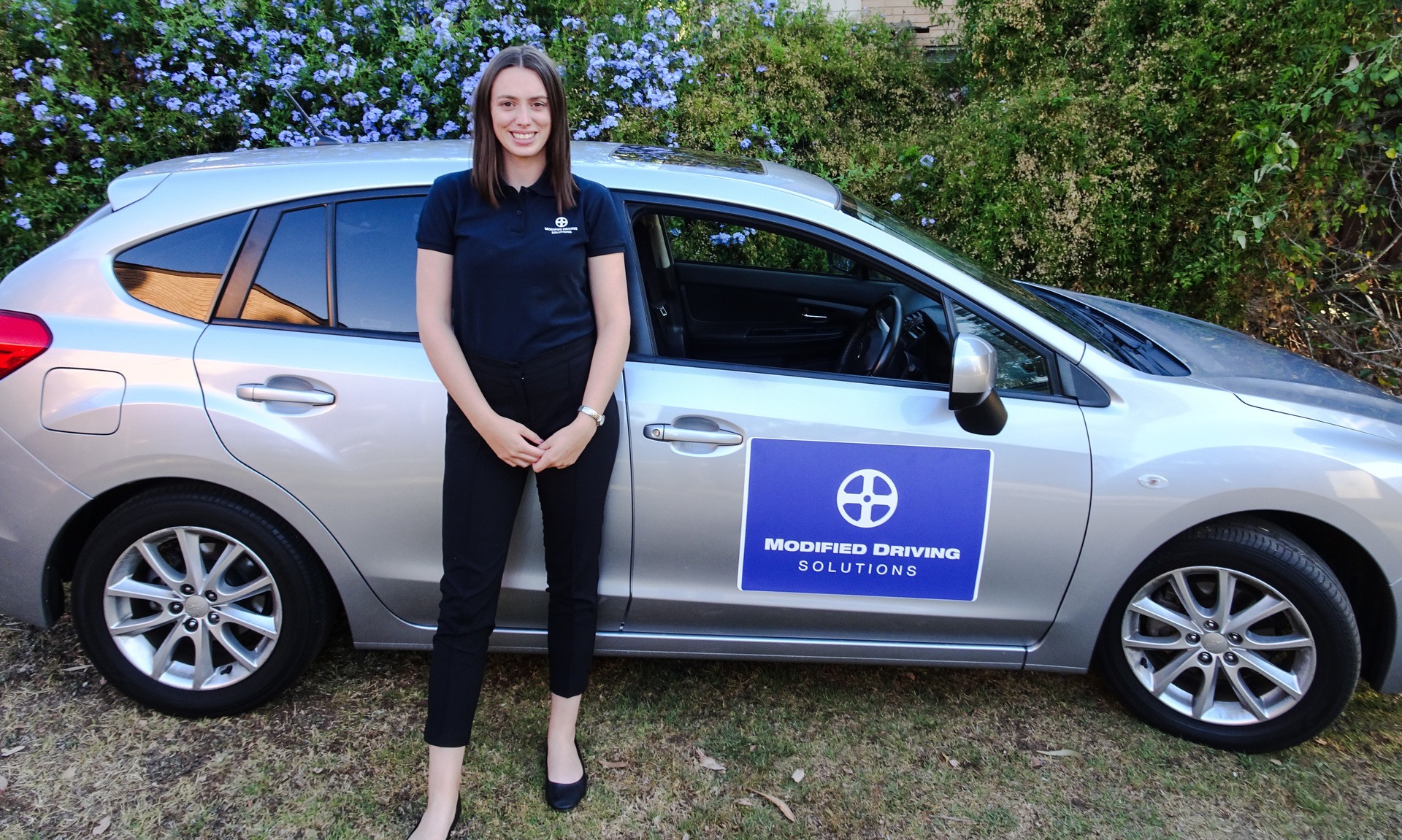Modified Driving Solutions is one of the leading driving assessment services in NSW that help people with medical conditions or disabilities either learn to drive or return to driving following a recent injury or medical diagnosis. Driving is an important and valuable activity. We will discuss why drivers need occupational therapy (OT) driving assessments and what is involved in this process.

Who needs to do an OT driving assessment?
Any driver with a medical diagnosis or disability that potentially alters their driving performance is often required by their Doctor to have an OT driving assessment. This includes conditions such as: Alzheimer’s disease, dementia, memory deficits, stroke, brain or spinal cord injuries, amputations of limbs (including fingers/toes), mental health conditions, developmental disorders (including Autism spectrum disorder and Asperger’s syndrome) and intellectual disabilities. If you have a condition that could impact on your driving, you are meant to declare this to the RMS, or your doctor or a family or friend may also inform the RMS. The purpose of the assessment is to ensure that a driver can drive safely and independently (as per RMS guidelines) with their medical condition.

Who decides if I need a driving occupational therapy service?
Generally, your doctor (which can be your GP or specialist) makes the determination whether your medical condition allows you to drive. They usually complete the RMS ‘Fitness to drive’ form which indicates this, and your doctor decides if you are medically fit to drive. If the doctor is not sure how an illness or condition is shaping your driving capacity, they can refer you to have an OT driving assessment. The driving occupational therapy service will then make this determination.
There are broadly two types of drivers who may require an OT driving assessment:
- Drivers on their learner’s licence with a medical condition/disability who need to learn how to drive in a safe manner
- Existing drivers who have recently suffered an injury or medical event or have newly been given a medical diagnosis (e.g. dementia or Alzheimer’s disease). This applies to drivers with all licence types (e.g. truck drivers).
Once your doctor advises you that you need an OT driving assessment (the RMS may also send you written documentation of this requirement), you will then need to look for a suitable driving occupational therapy service.
What happens in the driving assessment?
The OT and driving instructor will come to your home. There are two stages of the assessment (it is the same process for all drivers, regardless of previous driving history/experience):
- The OT firstly assesses the three functional areas that dictate your capacity to drive: your eyesight, your cognition (cognitive functioning) and physical functioning. The OT will look for any obvious deficits in these areas that may impact on your driving skills and try to identify ways to mitigate them.
- You will drive the instructor’s vehicle (with a dual control brake) for 1 hour and the OT will focus on how your condition is influencing your driving ability. You will drive in all traffic situations, from mild, moderate, and heavy traffic conditions.
If you have a physical condition or disability that requires vehicle modifications, the OT will offer available options for modifications and recommend how many lessons you will need to become proficient with driving with the modifications.
If you are a learner driver, it will not be expected that you will be driving independently in all traffic conditions. The assessment aims to determine your current level of driving skill, if modifications are required, and how many driving lessons you will need to progress to your provisional licence.
- You will be informed after the assessment of the conclusion and complete the report. For experienced drivers aiming to return to driving who do not requiring vehicle modifications, the OT may conclude that your condition is not impacting on your driving and you can return to driving as normal. For learner drivers (including those needing modifications), the OT will likely recommend a number of driving lessons you will need to reach the level of a provisional driver. For existing drivers who now need to drive with modifications, the OT will recommend how many lessons you will need to drive safely with the modifications and you will take the RMS disability test once you are competent with the new modifications.


How much does the OT driving assessment cost?
Cost of the assessment differs between occupational therapy services. In general, the assessment is not usually covered by private health insurance or subsidised by Medicare. Many people need to pay for the assessment privately, and some people are able to use appropriate NDIS (National Disability Insurance Scheme) funding to pay for the procedure. Also, work cover claims may cover the cost of the assessment.



